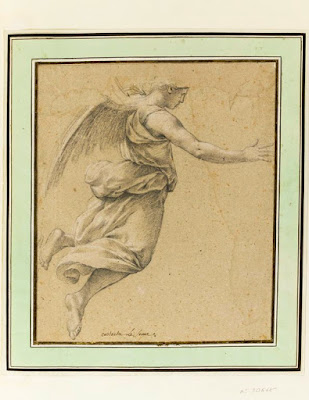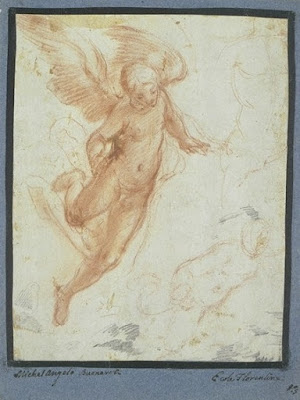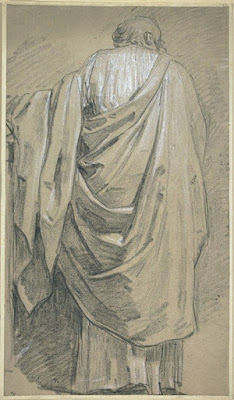 |
| Anonymous Flemish Artist Two Ornamental Figures 16th century drawing (retouched by Peter Paul Rubens) Musée du Louvre |
 |
| Anonymous Flemish Artist after Agnolo Bronzino Youth flourishing Bouquet of Flowers 16th century drawing Musée du Louvre |
 |
| Louis Boullogne the Younger Triton supporting Shell ca. 1718 drawing (study for painting) Musée du Louvre |
 |
| Agnolo Bronzino Youth playing Pan Pipes ca. 1560 drawing Musée du Louvre |
 |
| Girolamo Mazzola Bedoli Study for Ornamental Figure before 1569 drawing Musée du Louvre |
 |
| Parmigianino (Francesco Mazzola) Ornamental Figure - Woman making Music ca. 1524-27 drawing Musée du Louvre |
 |
| Annibale Carracci Atlantes and Columns ca. 1597-1602 drawing (study for frescoes, Galleria Farnese, Rome) Musée du Louvre |
 |
| Cavaliere d'Arpino (Giuseppe Cesari) Design for Fountain with Triton before 1640 drawing Musée du Louvre |
 |
| Anonymous Italian Artist Two Tritons Fighting 17th century drawing (ornamental design for rear of state carriage) Victoria & Albert Museum, London |
 |
| Girolamo Miruoli Flying Cherub ca. 1549-53 drawing Musée du Louvre |
 |
| attributed to Giovanni Angelo del Maino Ornamental Figure ca. 1520 drawing Musée du Louvre |
 |
| Girolamo Macchietti Bather ca. 1570-73 drawing (study for painting, Bathers at Pozzuoli) Musée du Louvre |
 |
| Girolamo Genga Mythological Embrace ca. 1500-1505 drawing Musée du Louvre |
 |
| Giovanni Francesco Grimaldi Scheme of Architectural Ornament, with Figures before 1680 drawing Musée du Louvre |
 |
| Peter Paul Rubens after Andrea del Sarto Figure of Serving Man ca. 1601-1608 drawing Musée du Louvre |
"The model is part of nature, but it does not necessarily follow that all of nature is in the model; nature is species, while the model is no more than a specimen. The study of nature should always be the study of the species itself. Thus the study can never be limited by a single specimen, unless that individual could somehow encapsulate all types of beauty and perfection. Such perfection of course can exist nowhere other than in a work of art, and there only in a certain measure. Nature, in the creation of beings, is subject to too many accidents. . . . The great cause of the superiority of the Greeks in the imitative arts was the facility that they had to study perfection in nature. All their monuments demonstrate tremendous resourcefulness in this area. Looking at their art, one never gets the impression that it was ever the copy of one particular isolated individual, as is regrettably so often the case when one examines modern figures."
– Antoine Quatremère de Quincy, from Considerations on the Arts of Design in France (1791), translated by Jonathan Murphy













































